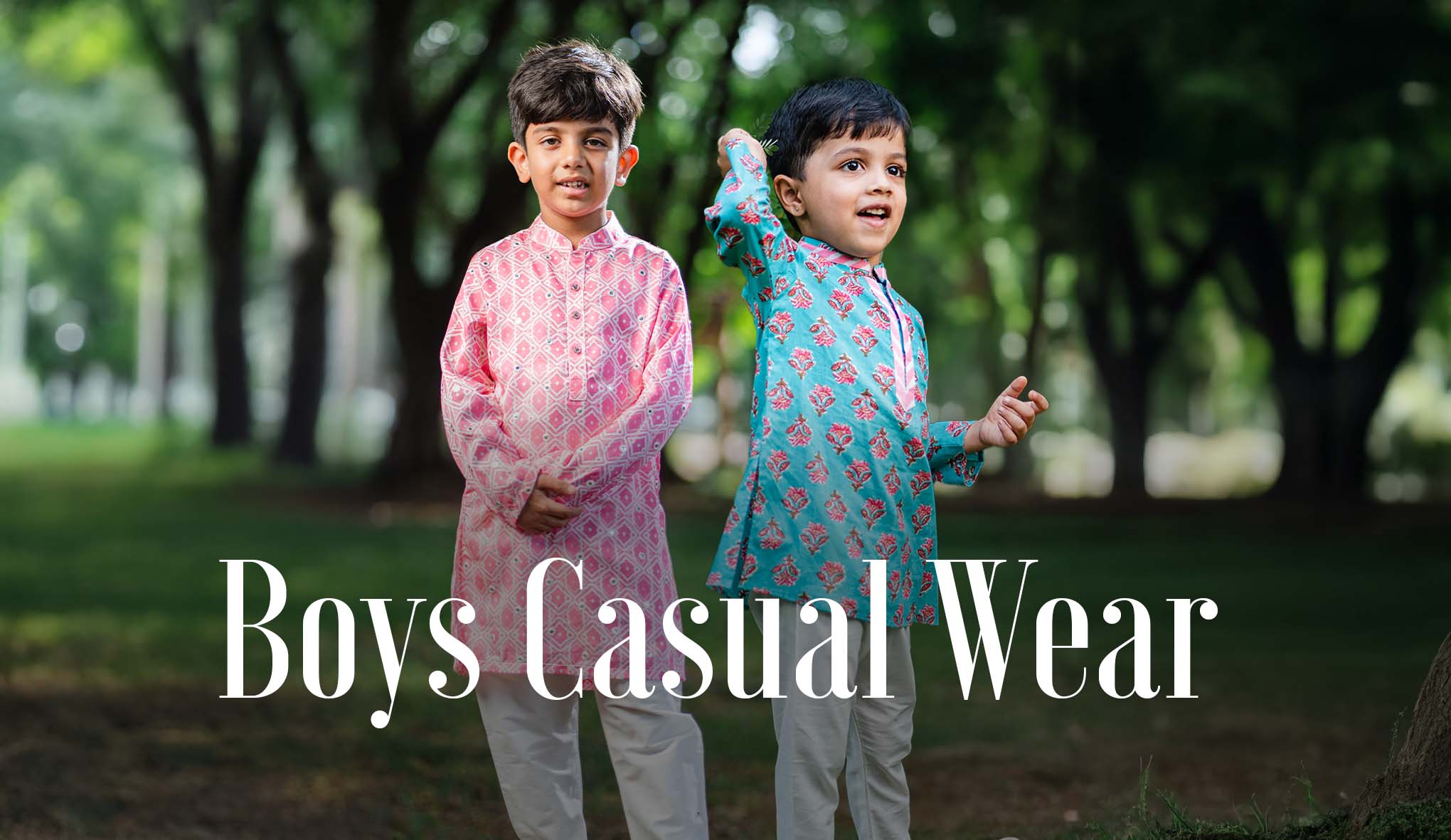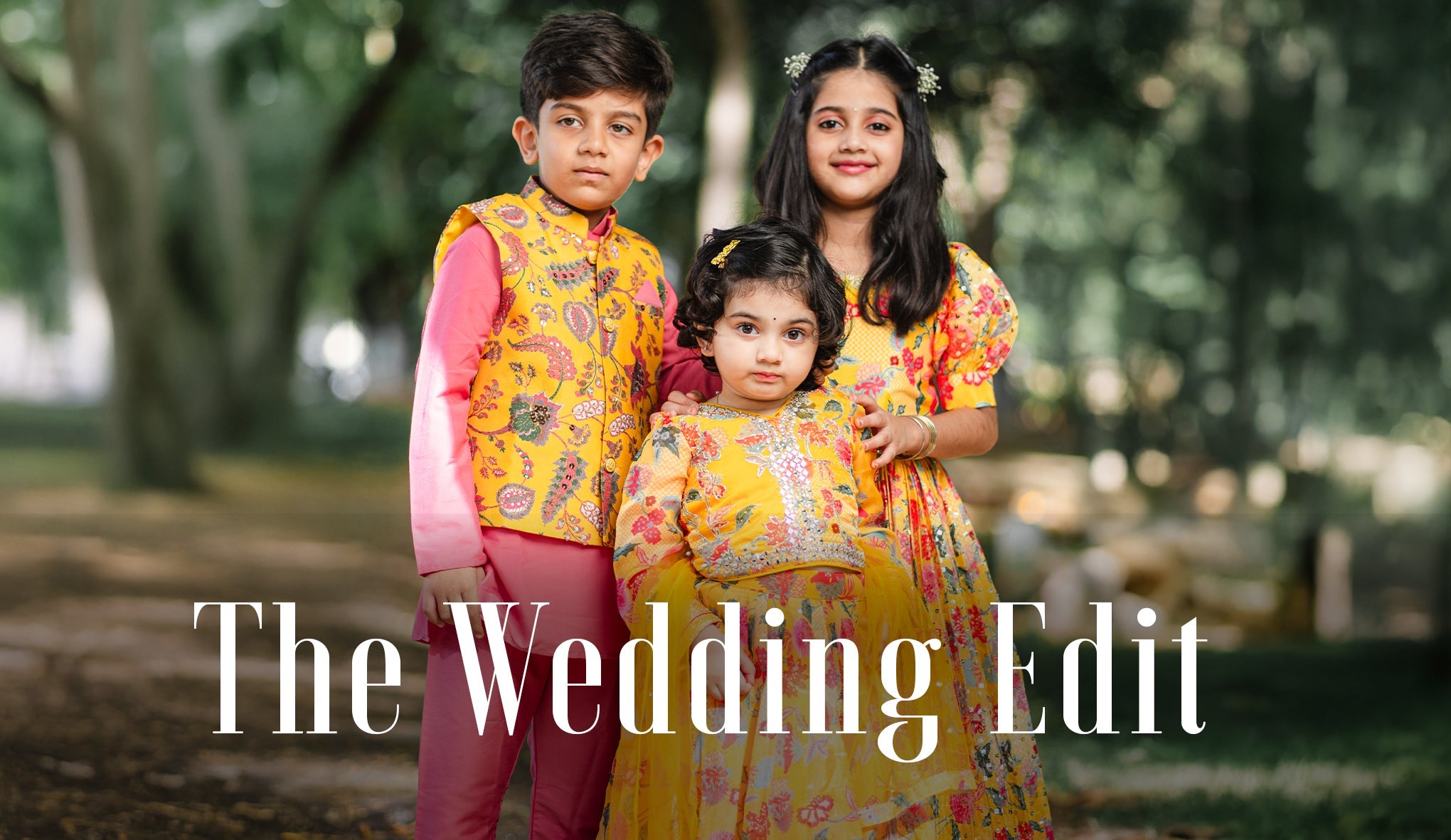Pochampally Weaves: A Masterpiece of Ikat Weaving Tradition

Pochampally sarees are a true work of art, showcasing India's unparalleled master craftsmanship. Originating in the Pochampally village in Telangana, these sarees are also known as Pagdubandhu and are renowned for their intricate weaving techniques and visual texture.
History of Pochampally Weaves
The history of Pochampally weaves can be traced back to when the ikat weavers of Chirala introduced the Telia Rumal process to the weavers of Pochampalli. As the market for Telia Rumal began to decline, the weavers diversified their offerings into more intricate sarees and dress materials. It is believed that the colourful Pochampally ikat sarees and yardages even reached Indonesia from Chirala.
Initially, these sarees were only produced in red, black and white, but with the evolution of new techniques, various colours including pastel shades have been added to the colour scheme.
Designs and Motifs
The design lexicon of Pochampally sarees includes squares, diamonds, dots, stripes, birds, flowers and checks. Many delightful designs have evolved over the years, such as multicolour weft ikat motifs with chevron borders or abstract motifs in a grid pattern.
The designs mostly depend on the colour palette rather than the shape or form. Weaving Process The weaving process of Telia Rumal and Pochampally is similar and begins with the yarns being polished and bleached to remove impurities, making the fabric pristine and bright.
They are then washed and rinsed in cold water and left to dry. Warps are stretched on a tying frame and motifs are drawn using charcoal powder. The areas of the fabric that must stay white are knotted, while the parts that must be coloured are uncovered and dipped in the dye solution. After the yarns are dyed, they are regrouped and spread out on a frame to ensure that the designs are correct.
Traditionally, fly-shuttle frame looms were used for the weaving process. The warp yarns are positioned and tensioned correctly on the warp beam while the weft yarns are filled in the bobbins. Each weft is carefully adjusted so that the exact design is reproduced on the fabric.
From patterns to palettes, the town and its ecosystem are a major source of inspiration whose essence is reflected in these yards of wonder. Crafts like these are a mirror to our past, giving us a glimpse into our rich traditions and culture. Their appeal and significance have grown over the years and as custodians of this legacy, we must protect and promote them at all costs.


















